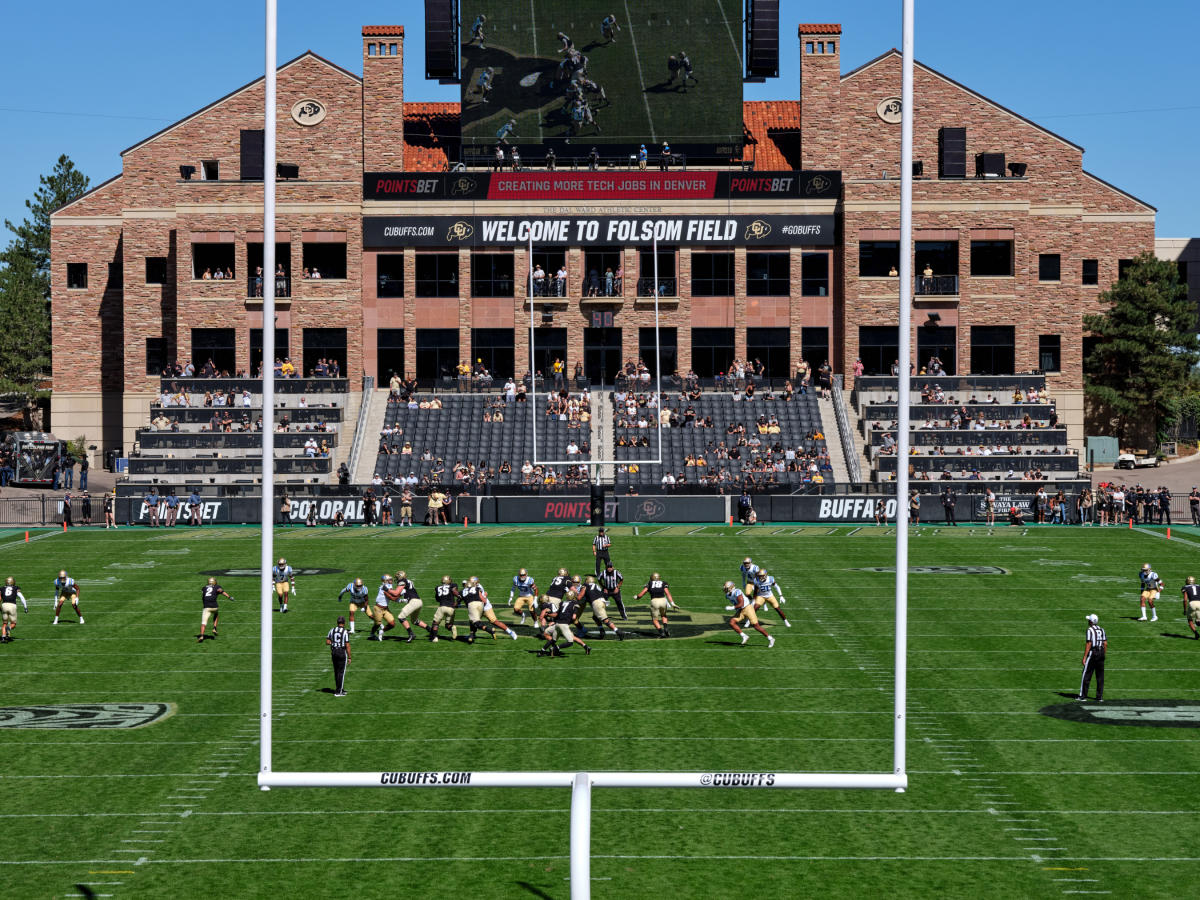
Brent Jacquette knows a thing or two about college sports. A former collegiate soccer player and coach in Pennsylvania who is now an executive at a consulting firm for athletic recruiting, he’s well aware of issues surrounding pay for college athletes.
But even for an industry veteran like Jacquette, the news of the NCAA’s staggering settlement in a class-action antitrust lawsuit Thursday came as a surprise, with more than a little anxiety. The first words that came to mind, he said, were “trepidation” and “confusion.”
And he was not alone in feeling unsettled. Interviews, statements and social media posts mere hours after the settlement was announced showed that many were uncertain and concerned about what the future of collegiate sports holds.
Sign up for The Morning newsletter from the New York Times
“These are unprecedented times, and these decisions will have a seismic effect on the permanent landscape of collegiate athletics,” Phil DiStefano, chancellor of the University of Colorado Boulder, and Rick George, the school’s athletic director, said in a statement.
If the $2.8 billion settlement is approved by a judge, it would allow for a revenue-sharing plan through which Division I athletes can be paid directly by their schools for playing sports — a first in the nearly 120-year history of the NCAA. Division 1 schools would be allowed to use about $20 million a year to pay their athletes as soon as the 2025 football season.
Jacquette thought of the word “trepidation” because of the impact that the settlement, shaped by the biggest and wealthiest universities with robust football programs, could have on coaches and athletes at smaller institutions and in low-profile sports.
And “confusion,” because families of college athletes might soon be overwhelmed by all the possible ways for a student to get paid. In past years, the only form of compensation that students could get was athletic scholarships. But now, with the possibility of a revenue-sharing plan and pay arrangements involving students’ name, image and likeness, they have a lot more to consider when planning their collegiate sports careers.
“As this makes big news, people see this pot of gold at the end of the tunnel,” Jacquette said.
Many questioned what the financial burdens stemming from a revenue-sharing plan would look like.
Smaller conferences, such as the Big East — which includes Georgetown, Villanova and the University of Connecticut — have voiced “strong objections” to the settlement, worried about shouldering an unfair burden of costs involved in revenue sharing. They said schools that have higher-profile sports teams and are part of bigger conferences, which often have TV contracts and much higher revenues, should be responsible for covering more of the costs.
Even coaches at powerful athletic programs, such as the University of Florida, which is part of the Southeastern Conference, had qualms. Tim Walton, the school’s softball coach, wondered in an interview with The Associated Press what this would mean for smaller sports programs on campus, and how the university would handle sharing revenues with athletes.
Another concern from critics of the settlement was whether female athletes would be compensated fairly. The settlement did not address how they would be paid compared with men, but Title IX prohibits sex-based discrimination in educational settings.
“Oftentimes, we put all of our eggs in the revenue-generating sports, which is comprised of mostly male sports,” said Jasher Cox, athletic director of Allen University, a historically Black and Division II school in South Carolina.
But many still questioned how the settlement would pan out in practice. Terry Connor, the athletic director at Thomas More University in Kentucky, said in an interview that the reality of revenue sharing felt somewhat distant. Although his school is Division II and would not necessarily be part of a revenue-sharing plan, Connor said that this still affects college sports as a whole.
The settlement is only the latest in a series of big changes at the NCAA in recent years, Connor said, and “how we’ll have to adapt to that is going to be the big question.”
Jacquette cautioned that it was still “premature” to assess the full impact of the settlement, since the details had not been released. And Sam C. Ehrlich, a professor at Boise State University who has written extensively about college athletes, said that while the settlement was a milestone, it should not be seen as the be-all and end-all of college sports.
Pointing to the Supreme Court’s unanimous ruling in 2021 that the NCAA could not bar payments to college athletes, Ehrlich said the college sports landscape has been ever-changing. That decision paved the way for NIL arrangements, or payments based on an athlete’s name, image and likeness. He also cited Johnson v. NCAA, a pending case over whether college athletes should be classified as employees, which could have profound labor and tax implications.
“This is a big moment, for sure, but it’s not like we have reached the finish line,” Ehrlich said. “I wouldn’t even necessarily go as far to say, ‘this is the climax here.’ This is still going to be ongoing for several years.”
c.2024 The New York Times Company
Read Again Brow https://news.google.com/rss/articles/CBMiR2h0dHBzOi8vd3d3LnlhaG9vLmNvbS9uZXdzL25jYWEtYXRobGV0ZXMtcGF5LWRlYWwtcmFpc2VzLTE0MTgwMzY0Ny5odG1s0gEA?oc=5Bagikan Berita Ini














0 Response to "NCAA Athletes' Pay Deal Raises Questions About Future of College Sports - Yahoo! Voices"
Post a Comment